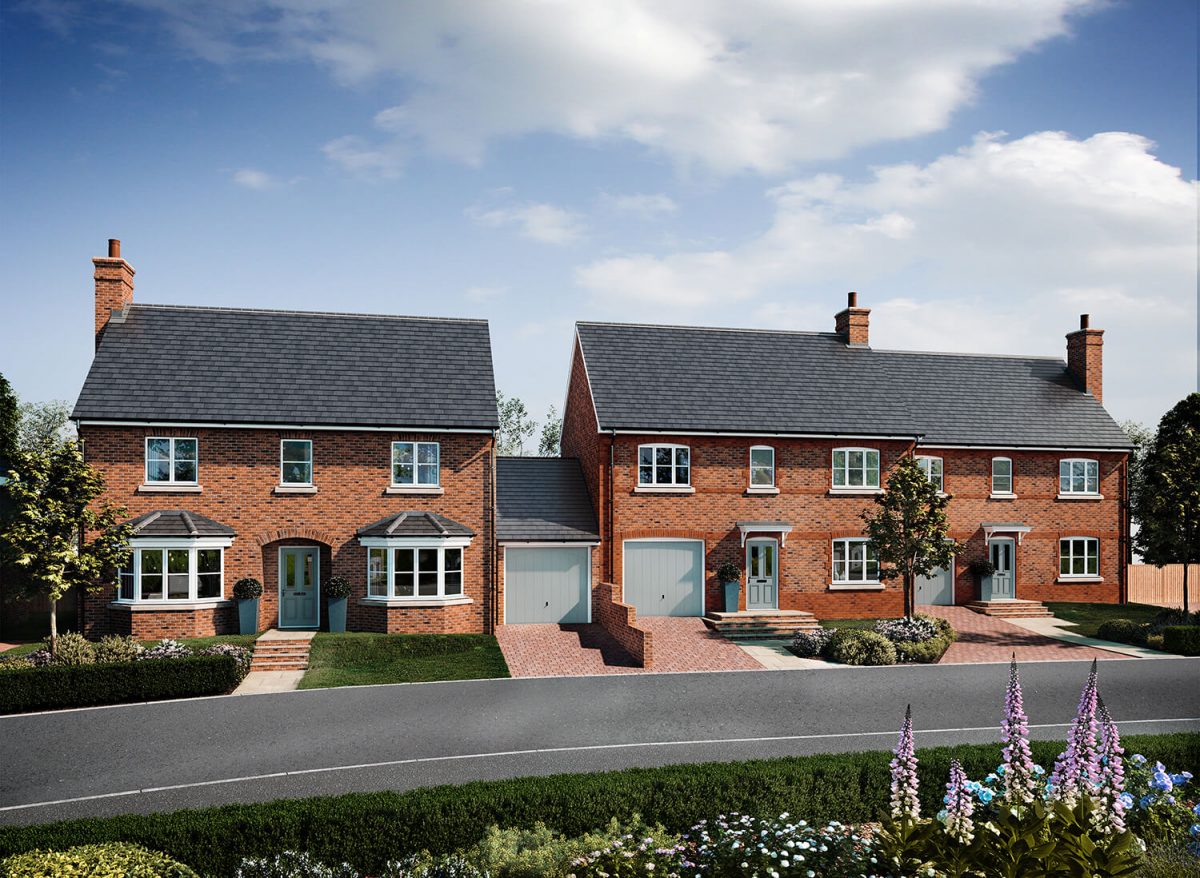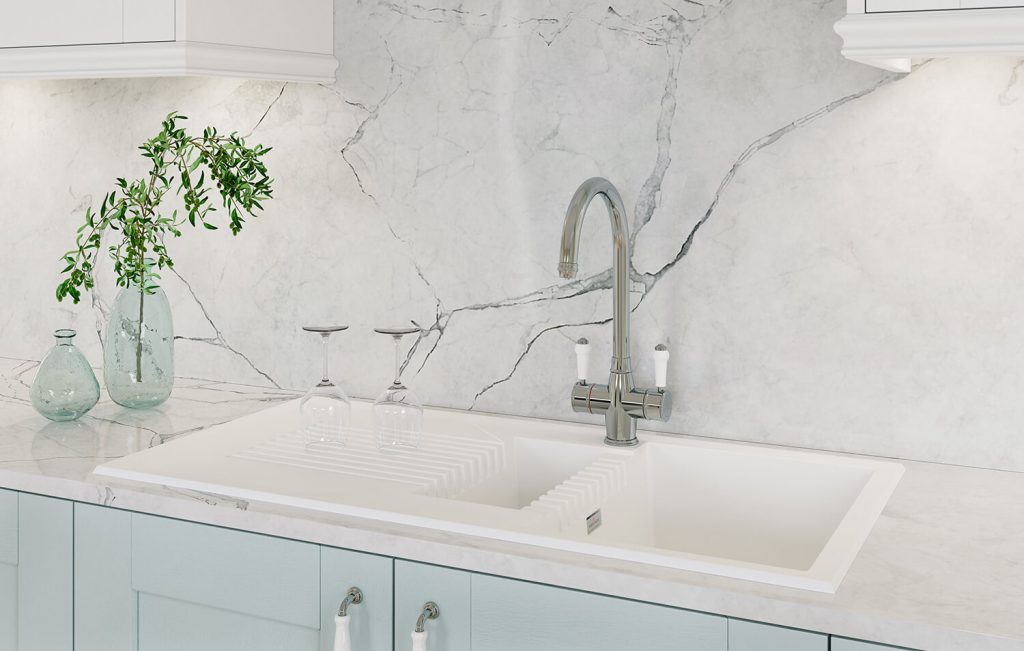
Secrets to producing lifelike photorealistic architectural renders
Photorealistic architectural rendering carries the potential to change the way architects work. This kind of 3D visualisation provides an architect the ability to play around with the aesthetic elements of any architectural work in photo real quality and can be used as a powerful marketing tool in the latter stages of the project.
However, the quality of these renders has not improved significantly in the past few years. There are a number of reasons for this.
Photorealistic architectural renders require a high level of detail to achieve the realistic look and feel that consumers demand.
What is important to deliver the best Photorealistic Architectural Renders?
As industry experts, we have decoded a multitude of factors that affects the quality of Photorealistic Architectural Renders, and what can be done to improve it.
We have figured-out many ways to improve the quality of renders without affecting the overall value for money we offer to our clients. There is no point to providing excellent images of they too expensive to afford.
First of all, geometry and lighting should be improved by working with a higher resolution model and using more accurate light sources.
Second, rendering engines should be researched and exploited by adding features that allow for more realistic rendering, such as volumetric lighting or high resolution texture capabilities.
Third and most important, professionals should stay updated of the trends that improve the quality of architectural renders.
Also Read: What is 3D Rendering?
How do we produce the best photorealistic architectural renders?

By Rounding the Edges
First and foremost, we round the edges. Although not important in full view shots, when the camera gets in close this addition really makes a difference to the realness of a render. Round edges create a more photorealistic image and help to soften the hard lines of furniture, decor and architectural features.
Though you may come across numerous photorealistic renders that have sharp edges, in actuality, these edges do not exist in real life. When round edges are used, it enhances the way light and reflections influence an object and enable more naturalness.
By Enabling Real Lighting Effects
Real-time lighting effects have the potential to revolutionize architectural renders. With increases in computer and mobile device power, real time 3D applications become more . With this, architects are able to see how their designs will look with natural light and shadows, and can make better decisions about how to optimize their designs.
We enable real lighting effects by determining all of the light sources and use physically accurate 3D lights in computer to construct a realistically correct lighting configuration in 3D. We consider their shapes, colour temperatures, and intensities to enable natural light settings within our 3D architecture visualisation.
Also Read: 3D Visualisation Comparison – Good and Bad CGI
By Using Surface Inadequacies
As experts of photorealistic architectural rendering, we have found out that by using surface imperfections and adding shadows, highlights, and textures, renders can look more realistic.
In reality, things are not perfectly clean. For example, you may find chips, discoloration, dust, stains, scratches, and numerous other imperfections in objects and products. . Despite this, many artists use short cuts and create designs and images that don’t highlight these elements.
We don’t overlook this significant feature of every day objects and textures. We take into account these intricacies and create stunning 3D visuals that will impress our clients.
By Producing Lens Effect
Creating lens effects in architectural renders can add a sense of realism and depth to the image.
Photographers usually don’t use lens effects like bloom and glare and depth of field as much as they can, but when used subtley in 3D product CGI, they tend to intensify the realism of a render.
We do this by using post-processing software such as Photoshop or using a special lens effect filter in a 3D rendering software. To create the desired effect, we first understand how real world cameras work and analyze similar photographs to our 3D scene we are constructing. We copy the features and overall appearance of the photograph and try and replicate this in our renders. When we are successful the renders we create are indistinguishable from the photographs.
Also Read: How Your Brief Information Affects 3D Image Quality
Conclusion
So, these were the secrets that we use to help you create renders that look strikingly realistic.
If you’re looking to create photorealistic renders, look no further than the experts from Red and Gray.

